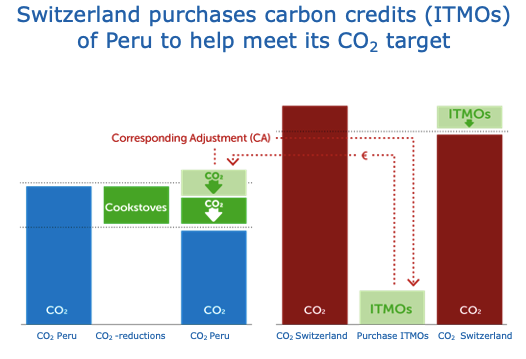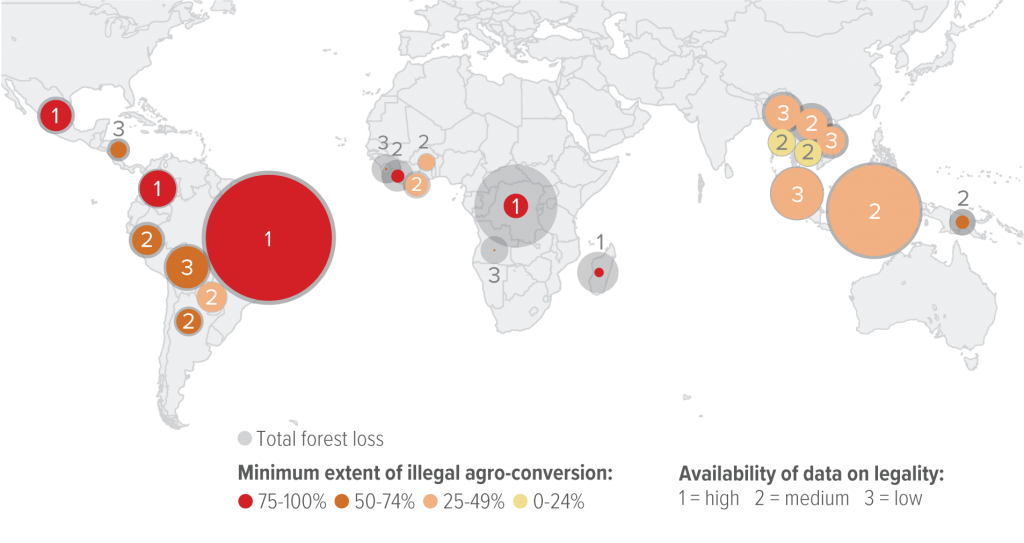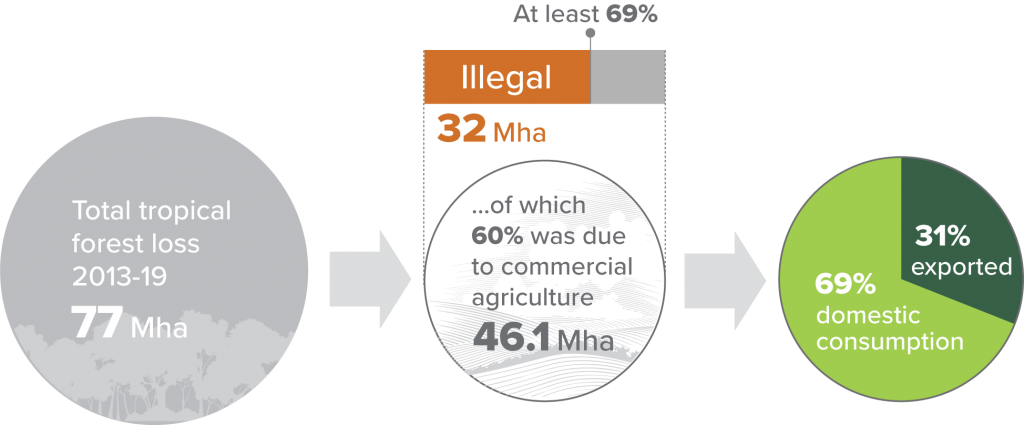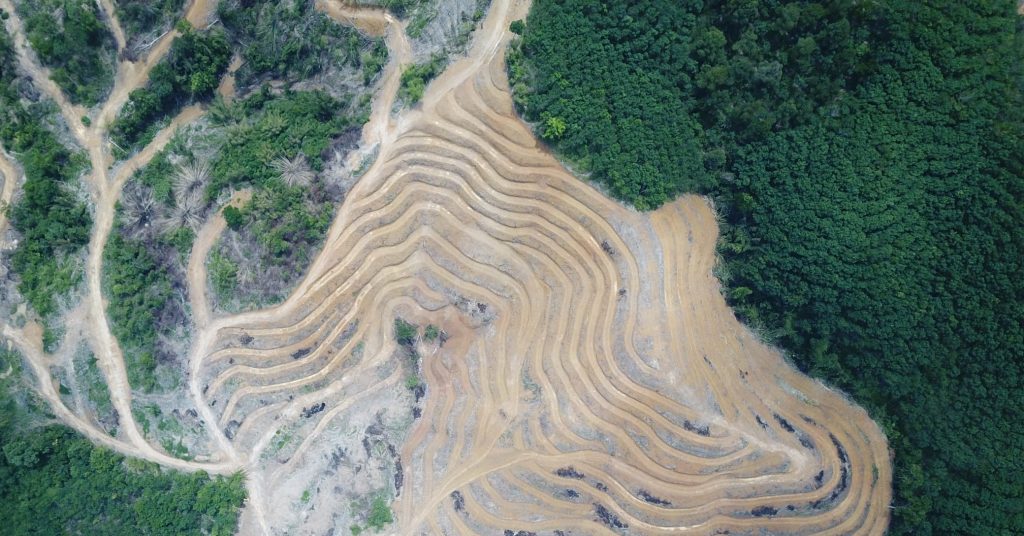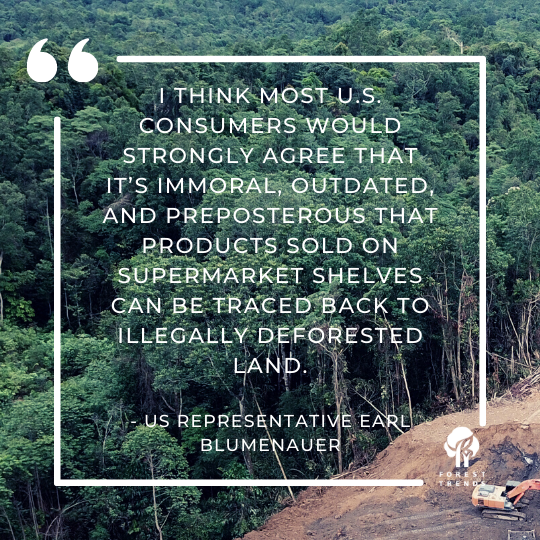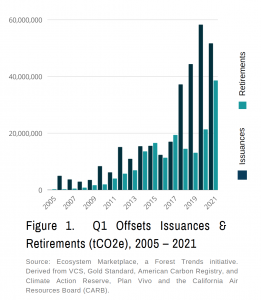27 January 2021 | President Joe Biden is sending early signals that action on climate change will be front and center to his administration’s agenda, and that his climate policy will be intertwined with his economic plan.
“Biden’s economic agenda is his climate agenda; his climate agenda is his economic agenda,” Sam Ricketts, co-founder of the climate policy group Evergreen and a senior fellow at the progressive Center for American Progress think tank, told Vox.
Though many of Biden’s early actions are centered on speeding up Covid-19 vaccinations and more immediate economic relief for Americans, the White House is positioning its next big policy push on creating jobs through infrastructure. And Biden’s goal is to make his economic recovery green, based on conversations with those familiar with the president’s thinking.
“When I think about climate change, the word I think of is ‘jobs,’” Biden said in a July campaign speech announcing his $2 trillion climate plan.
On Wednesday, Biden signed a set of executive actions meant to begin making this plan a reality. In them, he directed his administration to take a “whole-of-government approach” to combat climate change, which includes — among other initiatives — ordering federal agencies to purchase electricity that is pollution-free, as well as zero emission vehicles, and directing the US Department of Interior to pause entering into new oil and natural gas leases on public lands or offshore.
These new orders come on top of Biden’s day one executive actions to rejoin the Paris climate agreement and directing his agencies to reverse a number of former President Trump’s actions slashing environmental regulations and emissions standards.
But Biden’s real stamp on climate will come from intertwining ambitious climate goals like getting to 100 percent clean electricity by 2035 with a bold economic recovery bill — set to be released next month. It will take action by Biden’s White House and Congress to make this plan a reality.
The president’s climate team is headed by two climate czars: White House National Climate Adviser Gina McCarthy, who will oversee the nation’s domestic climate policy, and Special Presidential Envoy for Climate John Kerry, who will represent the US on the world stage when it comes to climate. President Barack Obama’s administration had one climate czar, and experts told Vox that Biden doubling that number and placing several other climate experts in key Cabinet posts signals it’s a pressing priority for the president.
“The era of us having to do climate as this niche set of actions is over,” Josh Freed, the founder of the Climate and Energy Program at the center-left think tank Third Way, told Vox. “I think the thing that is really transformative potentially about this administration is it’s much bigger than a climate bill or a handful of bills.”
Of course, Biden’s aggressive goals to get the US to completely clean electricity by 2035 and to net-zero emissions economy-wide by 2050 is easier said than done. Not only will Biden have to contend with congressional Republicans, he’ll also have to balance the wants of environmental groups that want him to go big on renewable energy with unions, some of whom are more wary of what it could mean for organized labor — in part because there are fewer union jobs in the renewable energy sector.
Biden has a long way to go, but multiple experts say his ambitious plans coupled with his initial personnel picks are an encouraging start.
“I’ve done this work for a really long time and it was awesome to be a part of the Obama administration, but they’ve put this on steroids,” Carol Browner, who served as Obama’s climate czar and EPA administrator throughout Bill Clinton’s presidency, told Vox. “It’s ambitious, it’s proactive, it’s durable action on climate change.”
Biden is hiring a lot of people with a background in climate change
McCarthy and Kerry will work in tandem from the White House. After four years of a Trump administration that treated Obama’s environmental and emissions regulations with a slash-and-burn mentality, they will have to start by undoing a lot of Trump’s actions.
McCarthy, who served as Obama’s EPA administrator from 2013 and 2017, is well-regarded by many environmental groups. “We know rejoining [Paris] won’t be enough,” McCarthy told reporters recently, outlining executive actions by Biden for his agencies to review and renege Trump’s actions on lowering emissions standards, including revoking Trump’s presidential permit for the Keystone XL pipeline.
“There is enormous opportunity with a whole-of-government approach that this administration is going to take to make meaningful progress,” she added.
Kerry, who served as Obama’s secretary of state and as a close Biden adviser on climate, is a natural fit to represent the US in international climate talks. Climate change is a global issue, and under Trump, the United States took itself out of the international effort to reduce emissions under the Paris agreement. A big part of Kerry’s job will be working to rebuild goodwill with countries wary that the US pulled out of the agreement to begin with. To do that job effectively, he’ll need regular updates from McCarthy on what the federal government is doing at home to drastically lower US emissions.
“The two pieces have to coexist, both the domestic and international,” said Heather Zichal, a former Obama White House staffer who was integral in creating Obama’s Clean Power Plan. “We need to be prepared to say what we’re prepared to do as a country. The international work is once we know what we’re capable of, we’re better able to work with the international community.”
There’s also the potential that two climate czars who both report to the president could disagree over the direction of US climate policy. Kerry’s ability to do his job well will be entirely dependent on the ability of McCarthy and other domestic officials to make progress on climate at home.
In addition to McCarthy and Kerry, Biden selected former Rep. Deb Haaland of New Mexico as a historic pick to lead the US Department of the Interior (Haaland is the first Native American to do so). His pick for the Environmental Protection Agency is Michael Regan, the secretary of North Carolina’s Department of Environmental Quality, and Biden selected former Michigan Gov. Jennifer Granholm as US secretary of energy. To round out the list, McCarthy’s deputy in the White House is Ali Zaidi, the former New York chair of climate policy and finance.
Ricketts, the co-founder of Evergreen Action, told Vox that this team is “also one that’s demonstrated experience at the state level, and comes from places that are actually making progress. There’s a lot the federal government needs to learn from states.”
The president’s climate-focused picks also go beyond environmental agencies. Brian Deese is Biden’s top economic adviser and director of the National Economic Council, and was a key figure in negotiating the Paris agreement in Obama’s administration.
Biden’s Wednesday executive order charges Deese and McCarthy with leading a new Interagency Working Group on Coal and Power Plant Communities and Economic Revitalization, to try to prevent further environmental damage in communities impacted by coal mining, oil drilling and fracking — and see if some of these areas can be converted into hubs for renewable energy.
Some progressive climate groups, including the Sunrise Movement, were wary about Deese because of his time as the global head of sustainable investing at BlackRock, the world’s largest asset manager. But Sunrise political director Evan Weber also told Vox that the fact Deese’s appointment to the National Economic Council was being framed around climate, as well as economic growth, was encouraging.
“We do hope there’s central coordination and direction. We see Gina and Ali hopefully as the conductors of the federal government climate symphony,” Weber told Vox recently. “I think that these are very encouraging signs, but personnel is the first step of the puzzle and the proof is going to be in the pudding. How urgent are they going to be in their action, how much more ambitious than Obama?”
Biden could put the full force of the federal government toward fighting climate change
Multiple former Obama administration staffers told Vox that even with all of these appointments, the person who really matters in all of this is Biden himself. Presidents have to be invested in an issue for them to throw the full weight of their administration behind it.
Biden becoming a potential agent of change on climate may be surprising for some; it wasn’t a top issue for the president throughout his decades in the Senate. But climate groups also saw some opportunity: Biden did plenty of work around renewable energy as vice president, especially during his tenure overseeing Obama’s 2009 stimulus plan. And like Kerry and McCarthy, Biden is a grandparent who is concerned about what a warming planet will mean for his grandchildren’s future.
Biden’s bullishness on climate also comes in large part from the fact that he sees renewable energy options like wind and solar as having the potential to drive the green economy through power generation. Still, Biden could have his work cut out for him to convince some major unions that endorsed him that an economy completely powered by renewable energy is the way of the future.
AFL-CIO president Richard Trumka recently told Vox his union has told Biden’s team “what we think strikes the right balance between doing what we need to do to go green and at the same time not upending or putting a lot of people out of work in the process.”
It also comes from seeing the dire impacts of climate change in historic wildfires, hurricanes, and droughts. Science has never been more clear on our short 10-year window to bring down the earth’s warming or face catastrophic consequences — and many of those impacts can be seen each year.
“Leadership starts from the top,” Zichal told Vox. “The fact Biden has made it clear this is a top priority, we need to leave no stone unturned and move aggressively — that really, really matters.”
Past administrations have typically relegated climate change and environmental issues to a handful of agencies, including the Environmental Protection Agency, the Department of Energy, and the Department of Interior.
Using all of the federal government to combat climate change also empowers agencies like the Department of Housing and Urban Development to implement new sustainability standards for newly constructed or upgraded affordable housing. It means that the Department of Transportation could be charged with setting up more charging stations for electric vehicles, or spend more money on public transportation. And it means that the Department of Agriculture tries to work with the nation’s farmers to reduce the emissions coming from livestock and soils — about 10 percent of total US greenhouse gas emissions in 2018.
The White House and the federal government have a lot of tools they can use to combat climate change, even beyond pushing a green infrastructure package through Congress. In addition to using government regulations to change emissions standards for vehicles and appliances, Biden’s administration also plans to leverage its own buying power through federal procurement. This way, the federal government can spur change in the private sector.
“The government has many different tools; the good news about Biden is he’s looking to use all of them,” Browner said.
The US government is one of the world’s largest consumers, and Biden’s administration is already urging its agencies to buy American. It could also incentivize them to buy sustainably by being an outsize competitor in the free market.
“It’s a market signal of where large purchasers are headed, and it gives companies an early opportunity to move,” Freed, who works at Third Way, said.
The US economy is already trending toward renewable energy; renewables power about 11 percent of US energy consumption (the same amount as coal) but still pale in comparison to oil and natural gas. Biden’s administration could rapidly accelerate that trend. Biden has already staked out aggressive decarbonization targets, but his administration needs to move quickly to achieve them.
“The private sector and the economy shifted far more dramatically toward clean energy; it’s just happening,” Freed said. “The politics have changed, and the urgency has changed, and it makes the landscape look a lot different than it did in 2017 or even 2013.”

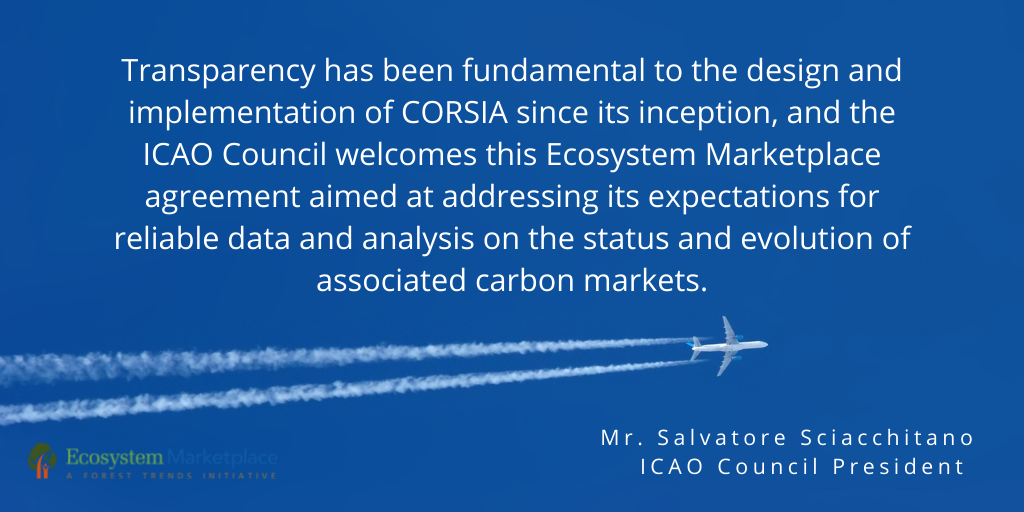
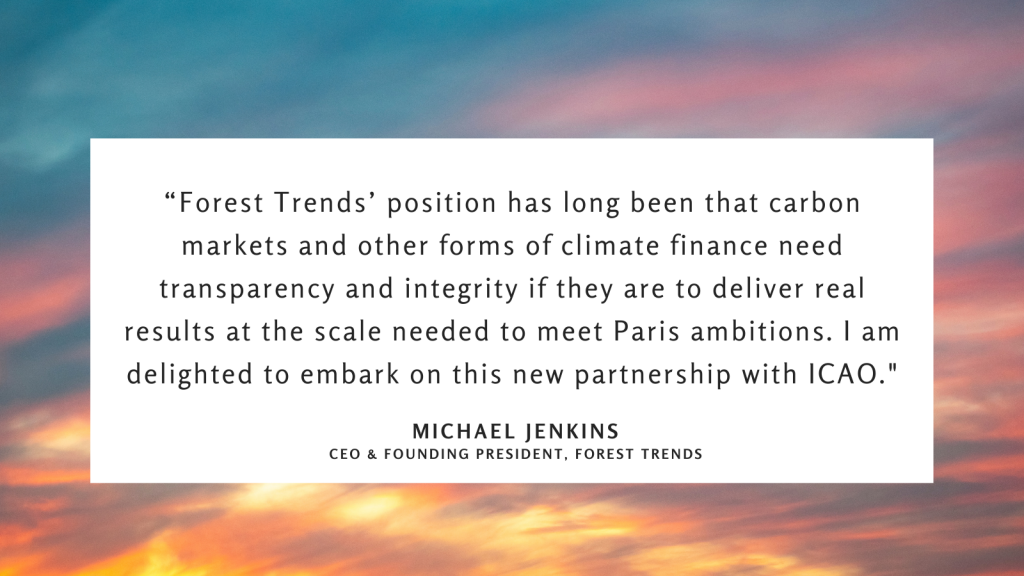
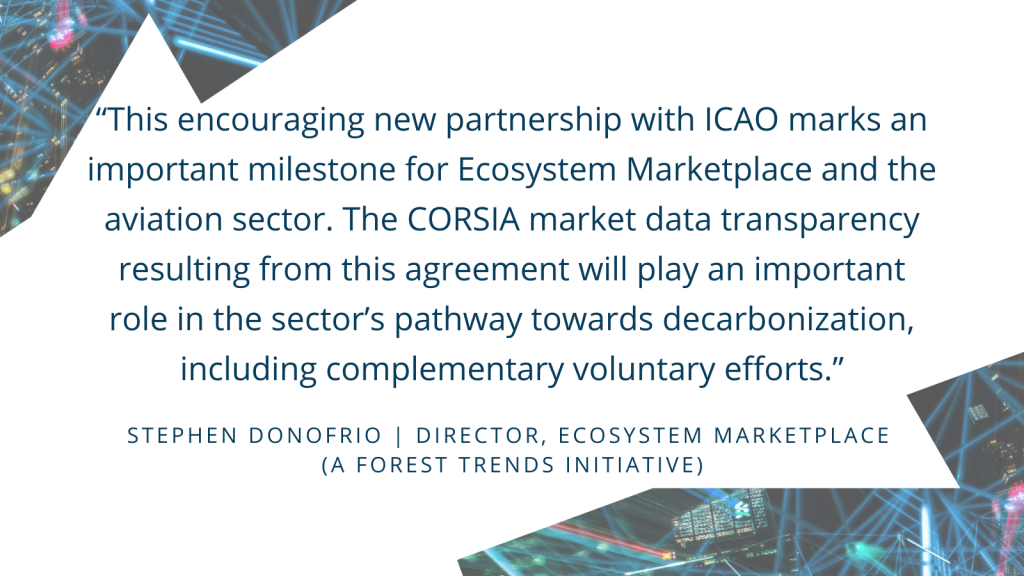

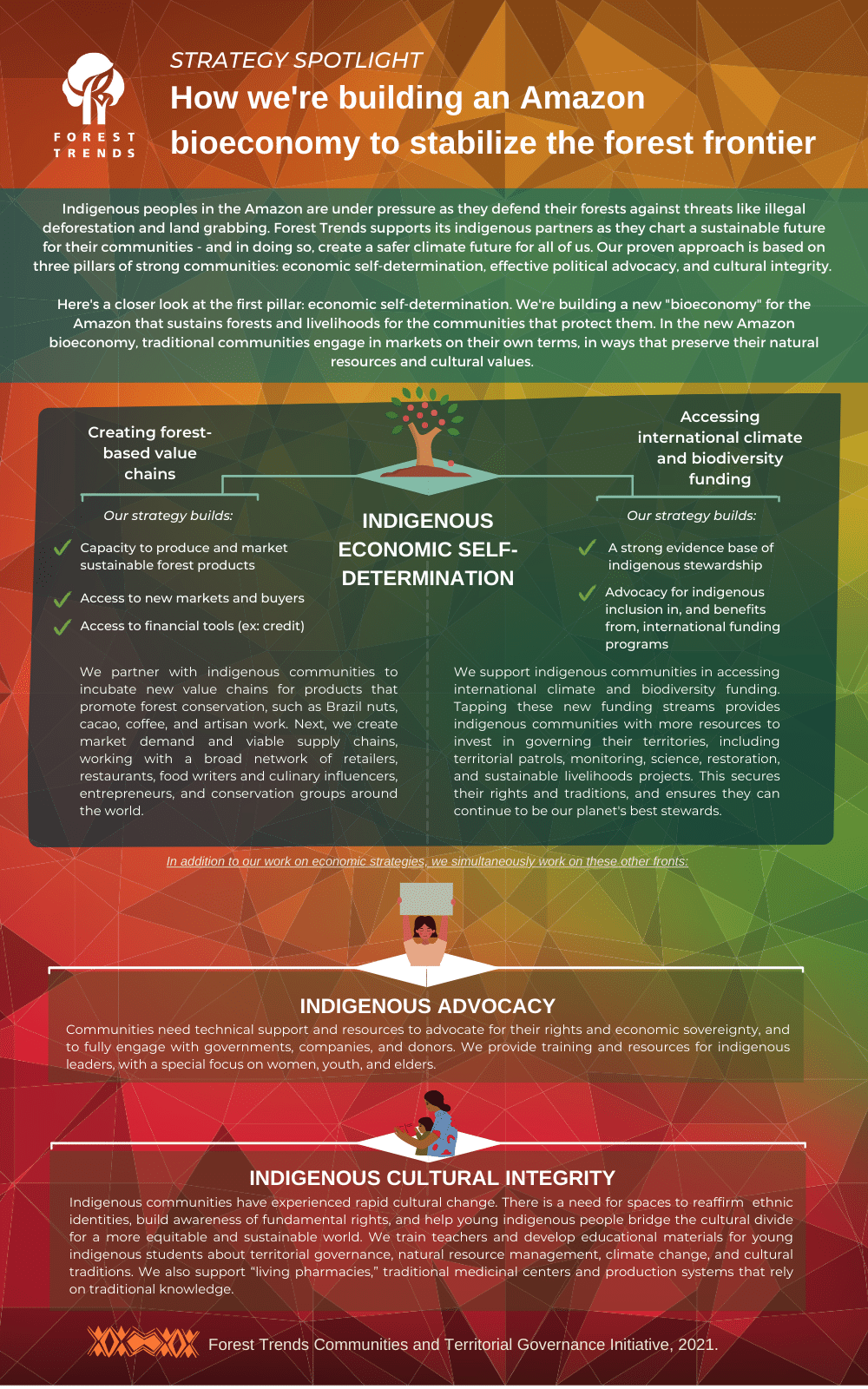 As deforestation rates continue to soar in the Amazon, regional governments are under pressure to control forest loss and deliver economic growth, both which currently rely primarily on forest conversion for agriculture and livestock production. This puts immense pressure on the forest frontier and the indigenous communities living on the other side. As the frontline against further forest loss, indigenous peoples are critical contributors to the conservation of intact forest landscapes, benefitting both biodiversity conservation and national climate commitments. Indigenous territories experienced 0.1% net carbon loss from 2003 to 2016 – the lowest rates of any protected area in the Amazon.
As deforestation rates continue to soar in the Amazon, regional governments are under pressure to control forest loss and deliver economic growth, both which currently rely primarily on forest conversion for agriculture and livestock production. This puts immense pressure on the forest frontier and the indigenous communities living on the other side. As the frontline against further forest loss, indigenous peoples are critical contributors to the conservation of intact forest landscapes, benefitting both biodiversity conservation and national climate commitments. Indigenous territories experienced 0.1% net carbon loss from 2003 to 2016 – the lowest rates of any protected area in the Amazon. 